5 Varieties of Chives to Grow at Home (with Pictures)
-
Pete Ortiz
- Last updated:
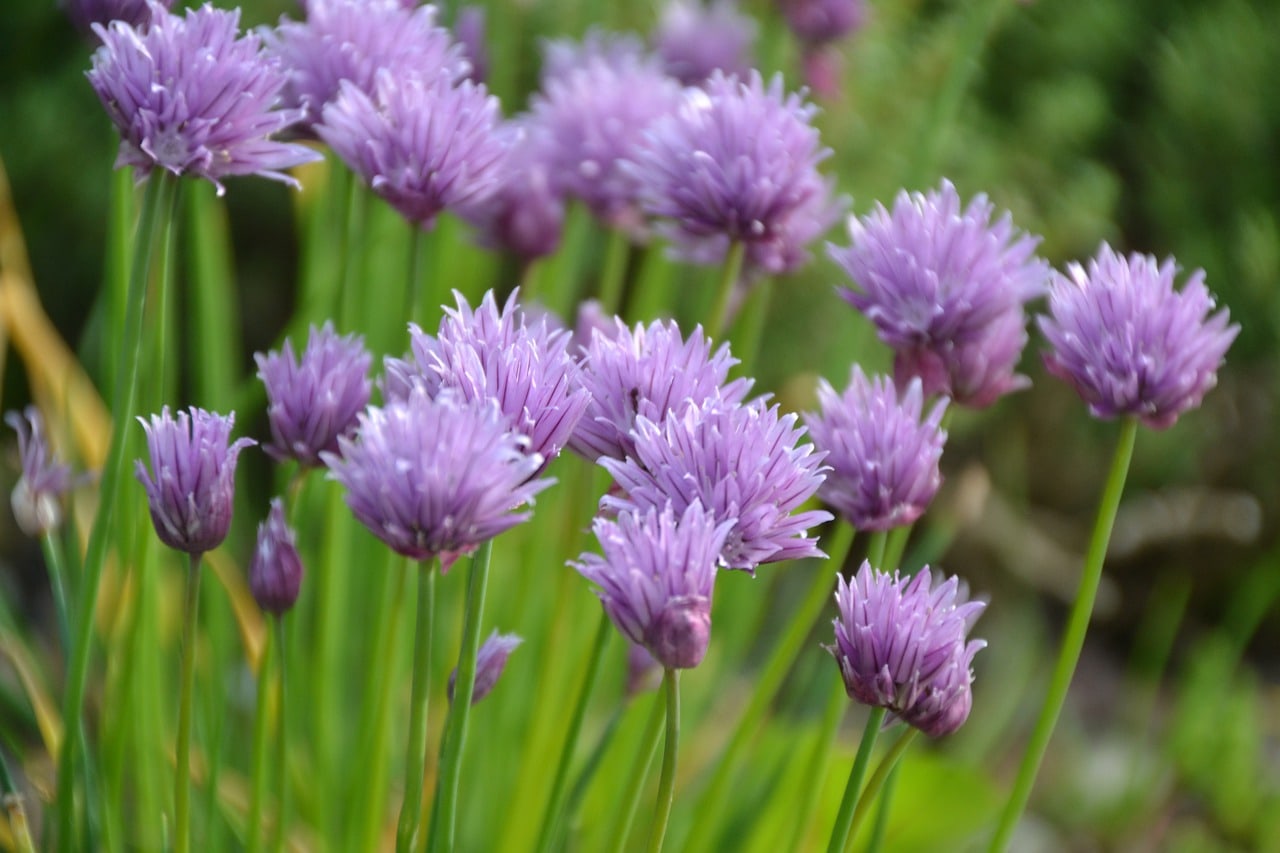
Chives are a species of flowering plants that produce fragrant and edible leaves and flowers. They are perennial plants that are tolerant of cold climates and extremely easy to grow in home conditions, outdoors and indoors. These plants are distinctive for their pleasant garlic-like aroma and flavor, which make them a favorite spice for many salty dishes.
While there are many varieties of chives, the most common ones that are best to grow at home are common chives, Chinese, Siberian, Giant Siberian, and hooker chives. Make sure to read through the entire article to find out the prominent features of each variety and typical dishes they can help to spice up.
The 5 Varieties of Chives to Grow at Home
1. Common Chives
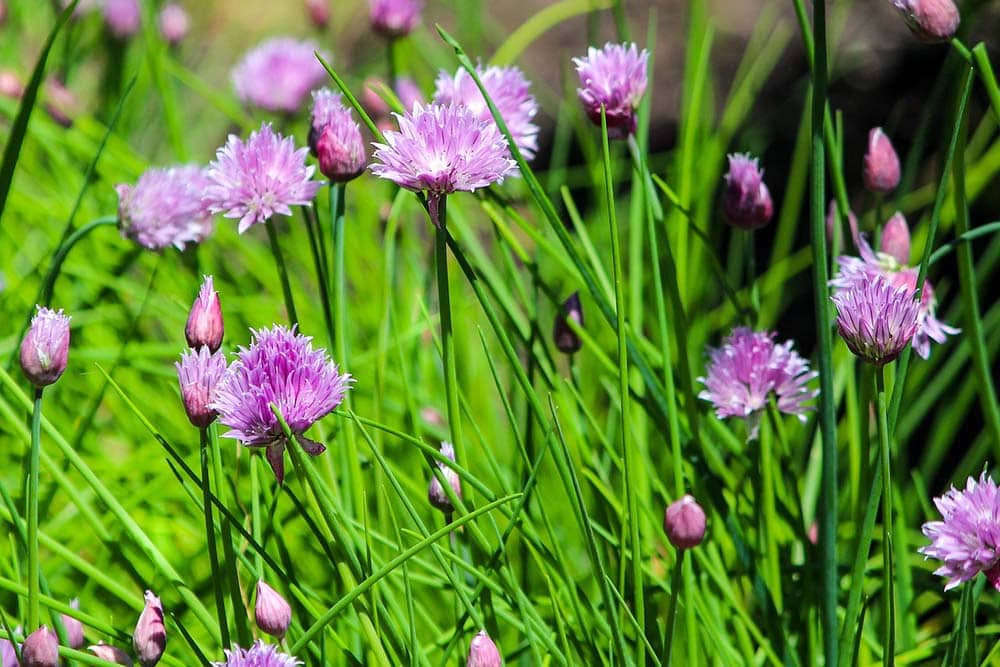
| Scientific name: | Allium schoenoprasum |
| Average height: | Up to 18 inches tall |
| USDA hardiness: | Zones 3–9 |
As the name of this variety implies, these are the most widespread chives that are easiest to find in most grocery stores. Common chives are edible flowering plants that grow in clumps of small and narrow bulbs and thin leaves up to 15 inches high. These plants bloom in late spring and feature round lavender flowers that are a beautiful sight in any landscape. They are usually planted in rock gardens, borders, and indoor containers.
One distinctive feature of common chives is the strong and intense onion scent, which can be a great addition to your home garden if you are an onion lover. While these chives attract butterflies, they are safe from deer and pests due to their strong fragrance.
- Garnish
- Caprese salad
- Omelet
- Chicken dishes
- Pasta
2. Chinese Chives
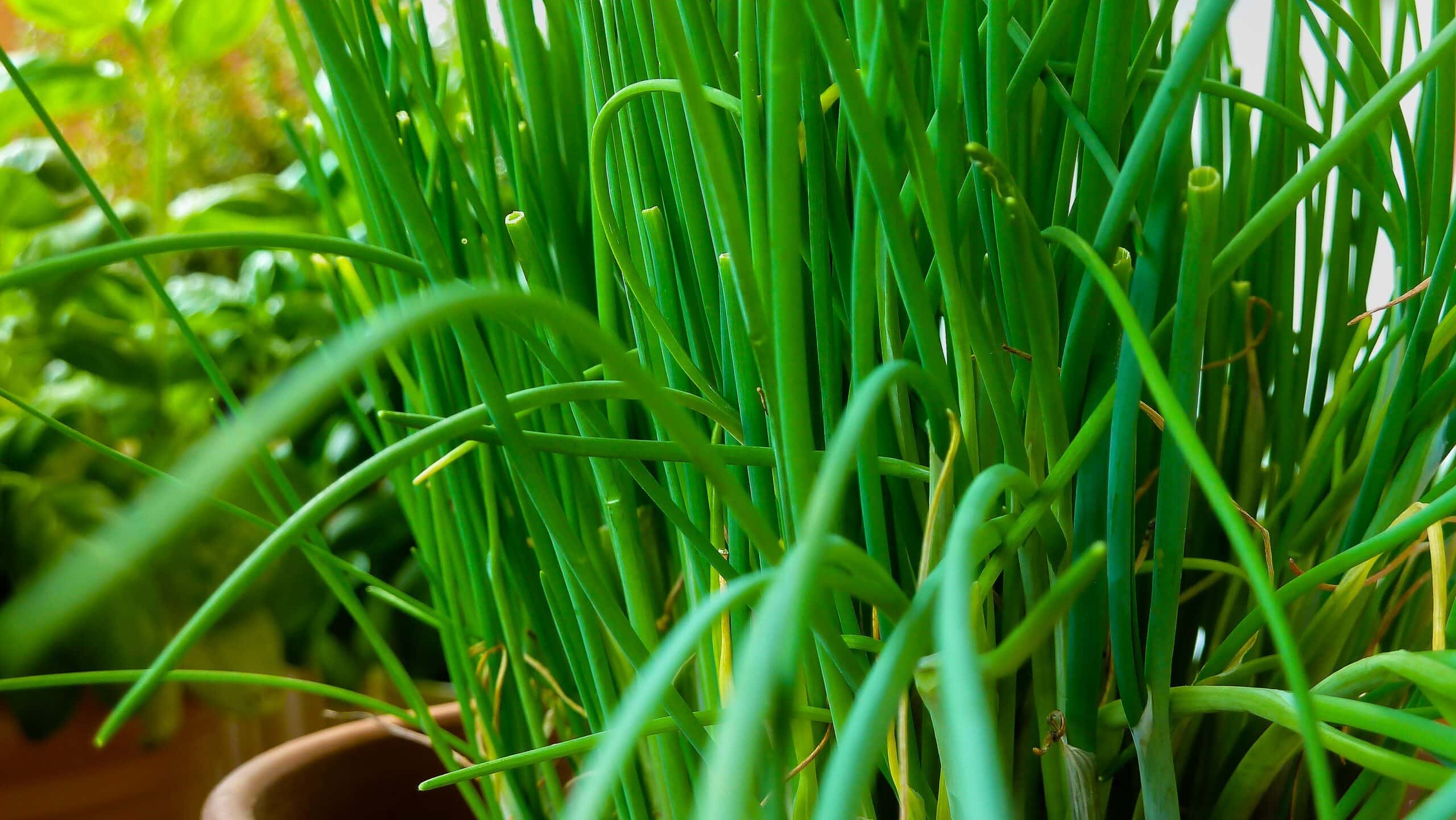
| Scientific name: | Allium tuberosum |
| Average height: | 10–20 inches |
| USDA hardiness: | Zones 3–9 |
With flatter, hollow leaves, Chinese chives grow much taller than common chives. The blooms also differ, mainly in color, usually white in Chinese chives. The florets are star-shaped and bloom from late summer to fall. They are also called Garlic chives because of their intense and spicy garlic aroma. Chinese chives are self-seeding plants, which grow much faster and broader than common chives and can become invasive in your garden if left unchecked.
- With mashed or baked potatoes
- Salad dressing
- Dipping sauce
- Stir-fry
- Omelet
- Dumpling stuffing
3. Siberian Chives
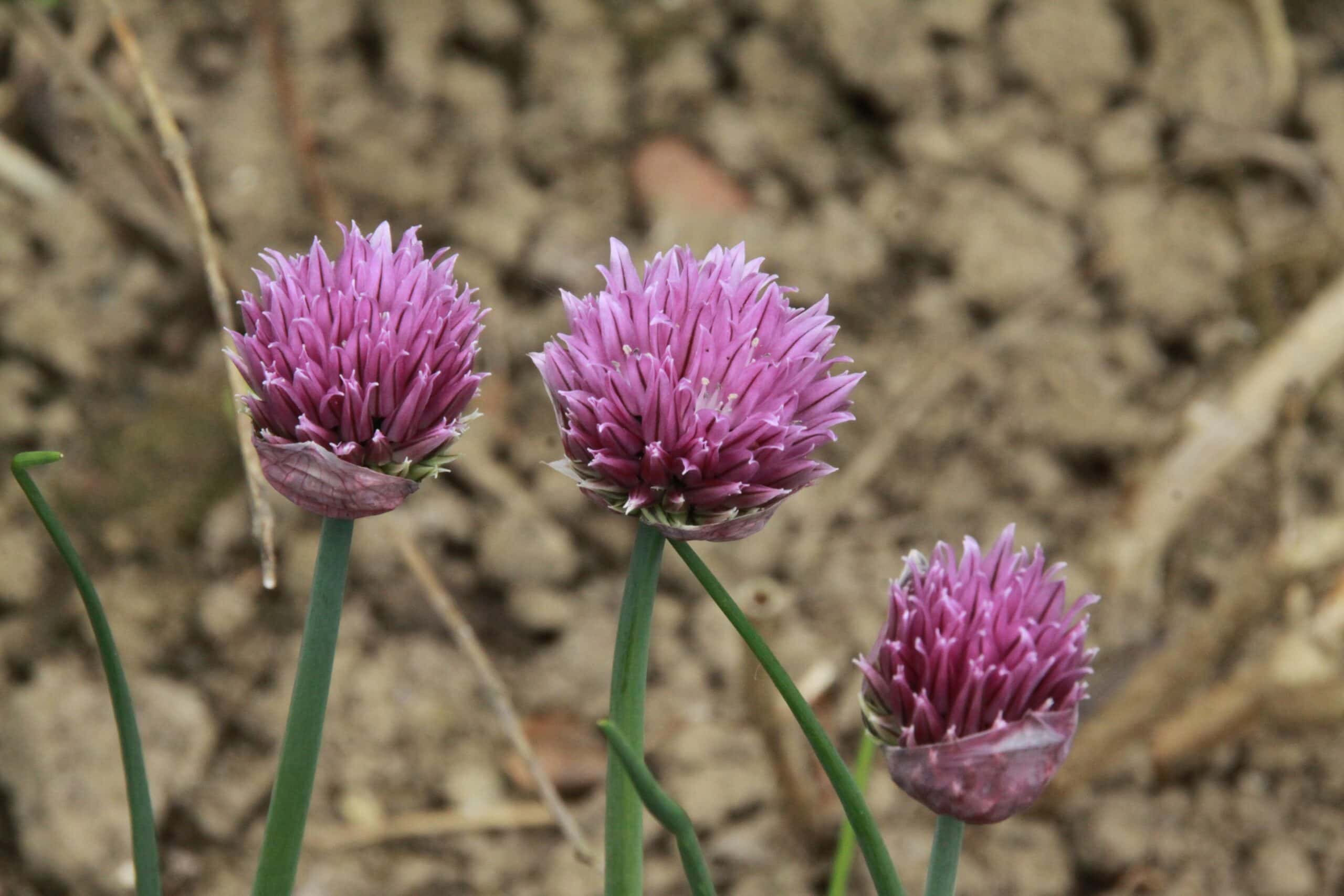
| Scientific name: | Allium nutans |
| Average height: | 20–24 inches |
| USDA hardiness: | Zones 3–9 |
Siberian chives are another chive variety that is great for growing at home. However, it is a lesser-known variety. They are native to central and northeastern Asia, particularly Russia, Tibet, and Mongolia. These chives are usually referred to as blue chives because of their bluish-green foliage. They are one of the largest chives since they can grow up to 2 feet tall.
Their flavor is quite similar to common chives, having that distinctive onion-like aroma. You can often find Siberian chives in farmer’s markets or local herb farms and stores.
- Risotto
- Omelet
- Garnish
- Salads
- Cheese and vegetable dishes
4. Hooker Chives
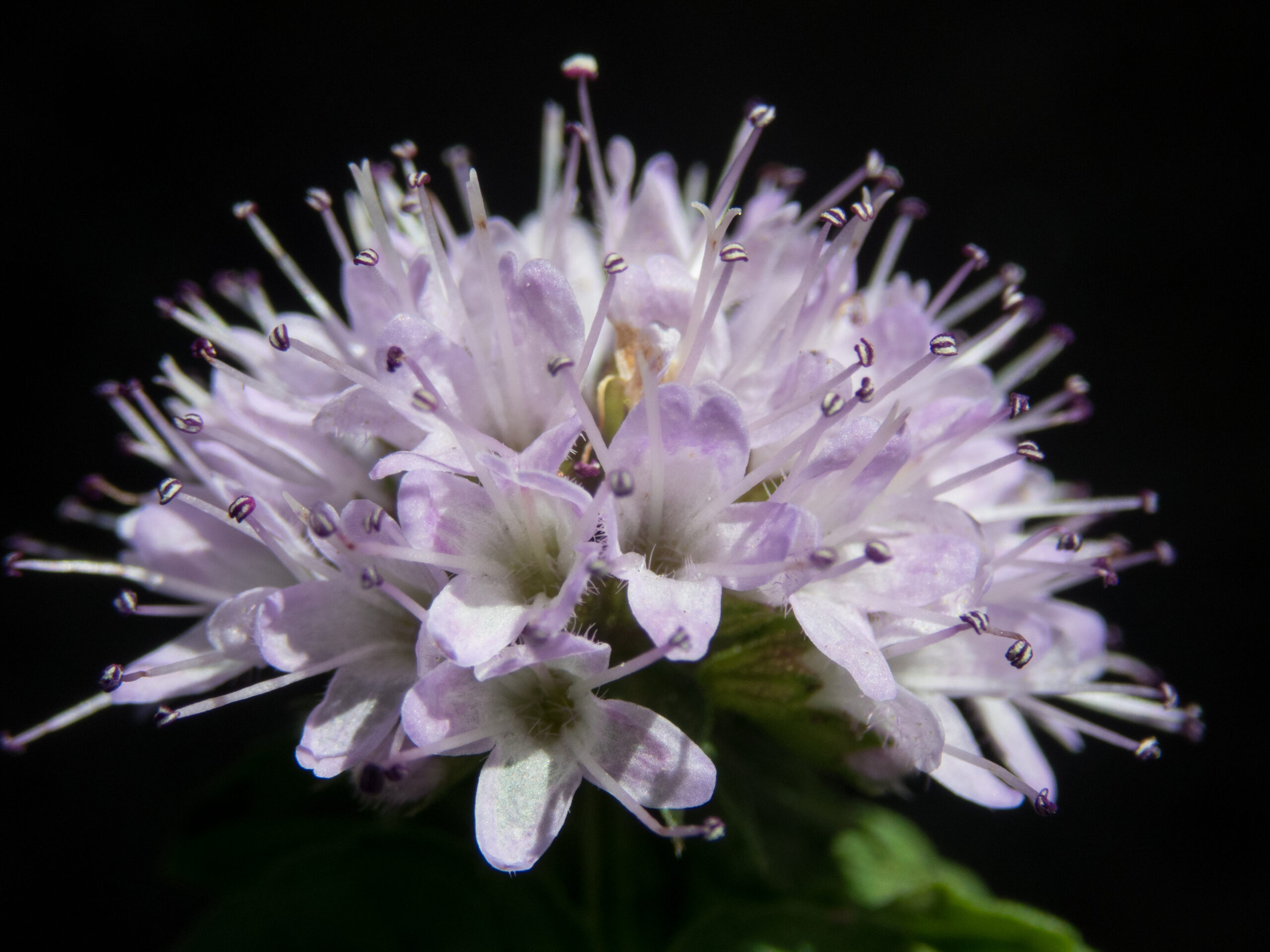
| Scientific name: | Allium hookeri |
| Average height: | Up to 2 feet |
| USDA hardiness: | Zones 6–9 |
Hooker chives are not as popular or widely spread as other varieties on this list. They originate from India and southeastern Asia and are similar to garlic chives in their appearance. Hooker chives have long, flat leaves and small white blooms that reach up to 2 feet together. While the roots are edible and fleshy, the entire plant is highly aromatic, with an intense garlic fragrance.
Like other chive varieties, Hooker chives are also excellent for growing at home and can be used as a homemade spice or herb.
- Garnish
- Omelet
- Pakora
- Paaknam ingredient
- Salads
5. Giant Siberian Chives

| Scientific name: | Allium ledebourianum |
| Average height: | Up to 2 feet |
| USDA hardiness: | Zones 4–8 |
While Giant Siberian chives may resemble common chives, they are one of the highest varieties reaching up to 2 feet tall. The colors and shapes of the blooms vary a lot, ranging from purple and lavender to white. They are native to central and northeastern Asia, including countries China, Russia, Kazakhstan, and Mongolia. Their taste is much stronger, keeping the pleasant garlic aroma. Besides having great culinary values, these chives are also excellent natural insecticides, as their oils are highly repellant to insects and pests.
- Salads
- Soups
- Traditional Asian dishes
Growing Chives at Home – Tips
There are many ways for your chives to grow healthy and thrive in home conditions. Some of the most important factors will determine whether your chives will grow vigorously, providing you with an ideal herb throughout the year. To achieve dense foliage of any chive variety listed above, make sure to read the following tips.
- Ensure your chives have full sun exposure and rich, well-drained soil.
- Growing chives indoors in a planted container is straightforward, as long as you plant them in a sunny location with plenty of natural sunlight.
- Containers must have drainage holes to ensure excess water is drained from the soil.
- Don’t be discouraged if your chives begin to die off at the beginning of winter. They will gain back their strength once the brighter sun returns in spring.
- It is essential to grow chives using a light, well-drained potting mix.
- When the chives stop growing during winter, it is essential to avoid fertilization.
Conclusion
Wide varieties of chives are available at farmer’s markets and most grocery stores, but nothing can compare to growing your own herb in your garden, greenhouse, or container. Once the scent of freshly picked chives fills the inside of your kitchen, you will want to experiment and grow different varieties, making this plant available throughout the entire year. Luckily, these fantastic plants are straightforward to grow, with just some basic gardening knowledge required.
See also:
- 15 Best Onion Varieties to Grow at Home (with Pictures)
- 7 Best Garlic Varieties to Grow at Home (With Pictures)
Featured Image Credit: Liv Meinert, Pixabay
Contents


